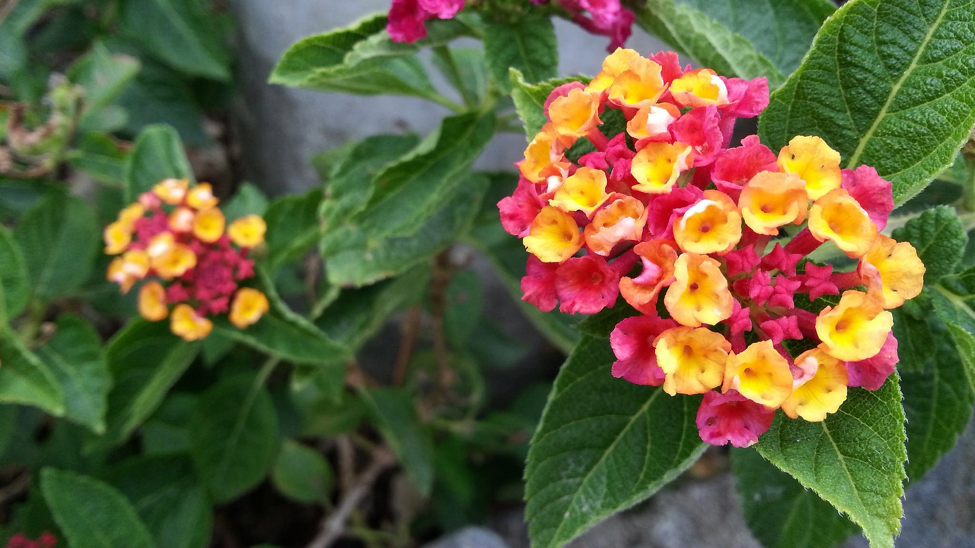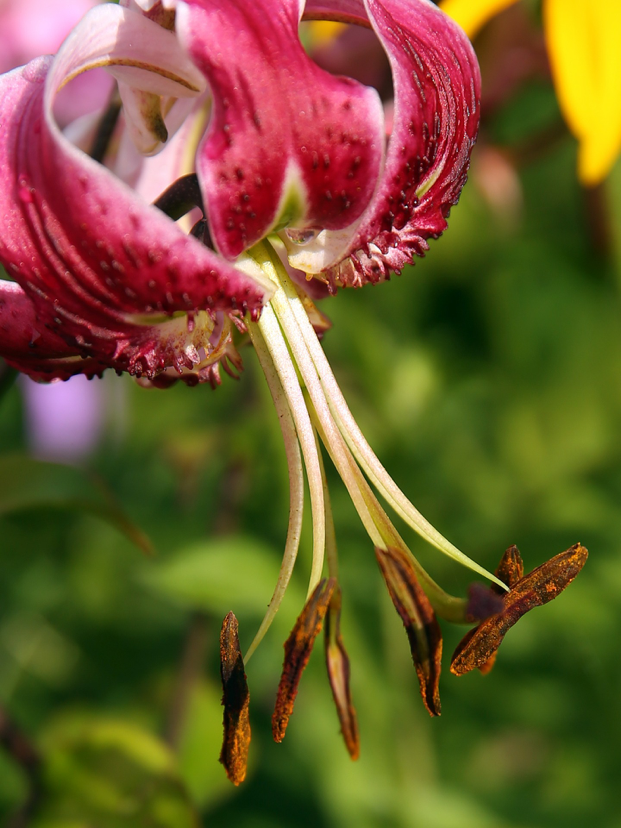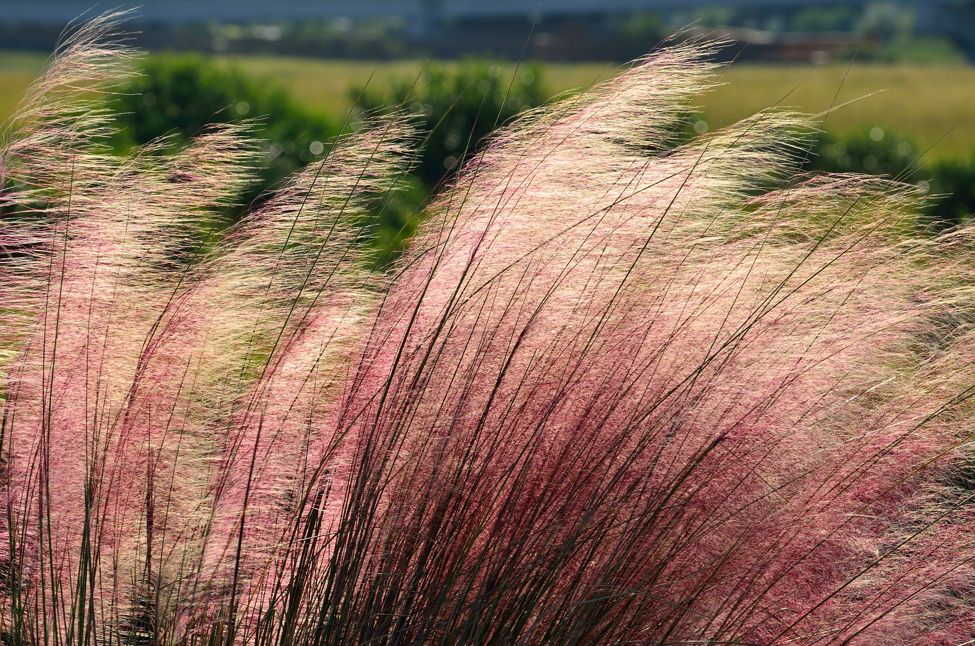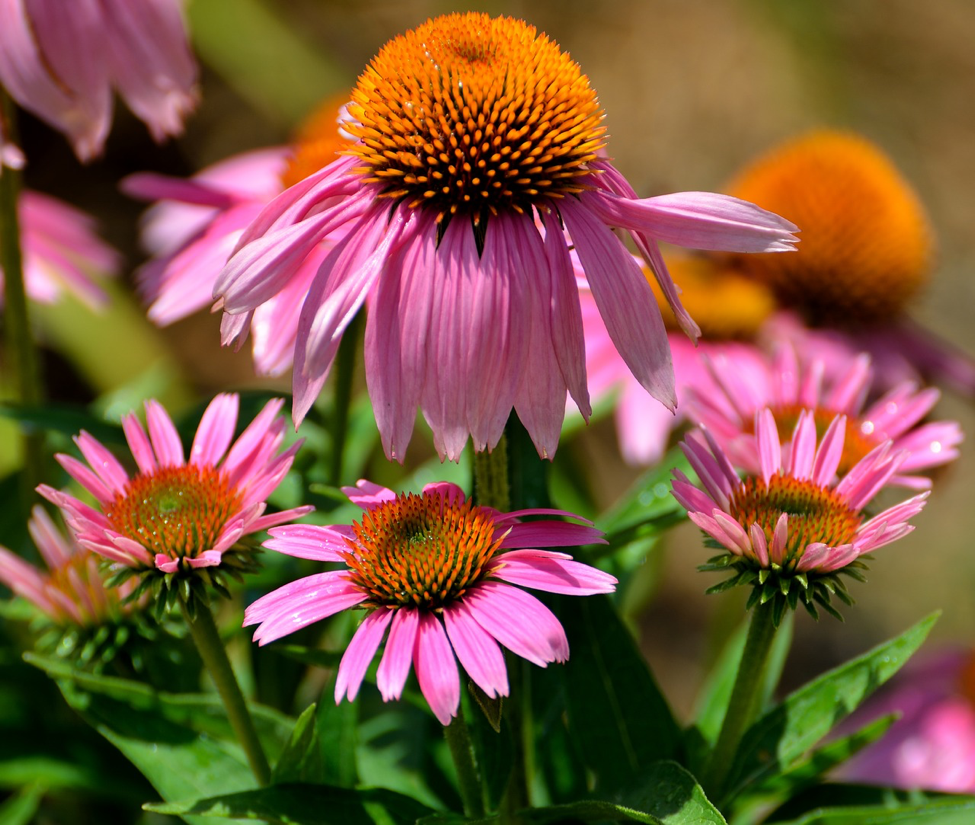When you plant a garden in Houston, TX, consider planting low maintenance plants that are both beautiful and serve a purpose. You want plants which aren’t invasive either and are a benefit to wildlife. This can cut back on your gardens watering needs, plant diseases, and pests attacking plants that have no resistance to them.
Think about where the shade in your new garden is and utilize it. Many plants native to Houston grow in the shade beautifully. When planning the landscaping for your new home, take advantage of shaded areas in your yard, near the house, or under a tree.
Here are five plants that you’ll see everywhere when you move to your new home in Houston, TX, that can be a part of your garden too!
1. Indian Blanket Flower
- Scientific name: Gaillardia pulchella
- Moisture level: Dry – Average
- Sunlight: Full
- Height: 1-2 ft.
- Coloring: Bright red and yellow
- Seasonality: Summer – Fall
- Wildlife attraction: Butterflies and birds
The Indian Blanket Flower grows in full sun and in well-drained soil. It thrives in the dry summer heat, sandy soils and will tolerate both poor and dry soil. The flowerheads are daisy-like with an array of yellow, reds, red/yellow and bicolor. The center disks of the flowers are a contrasting darker purplish color. The leaves are oblong to oblanceolate and gray-green in color up to 3” long. Deadheading isn’t necessary but will keep the flower bed tidy and encourage additional blooms. The plant will reseed itself if the growing conditions are optimum. Root rot could occur if planted in poorly drained soils. The Indian Blanket Flower can be used in mass plantings, naturalized in meadows, native wildflower gardens, cottage gardens and planted in containers.
2. Texas Lantana
- Scientific name: Lantana urticoides
- Moisture level: Dry
- Sunlight: Full
- Height: 3’
- Coloring: Red, orange, and yellow
- Wildlife attraction: Butterflies
True to its name–the Texas Lantana is native to Texas, and this particular variety has flowers which vary from shades of yellow to orange. It tolerates drought, and butterflies love it; it also tolerates salt and it’s deer resistant. It’s hardy in Zone 9 but could need protection from severe winters. The Texas Lantana likes soil which is well drained in full to part sun and blooms all summer long.
3. Red Turk’s Cap
- Scientific name: Malvaviscus drummondii
- Moisture level: Moist – Dry
- Sunlight: Shade – Partial
- Height: 2-3’
- Coloring: Bright red
- Wildlife attraction: Birds, butterflies, and hummingbirds
Red Turk’s Cap is also known as Drummond wax-mallow. It’s a two to three-foot tall shrub that likes shade to part-shade. The bright red flowers resemble hibiscus blossoms with overlapping petals. The flowers never fully open and form columns so that the stamin protrudes for pollination. Its blossom was thought to bear a close resemblance to a Turkish Turban which is how it got the name of Turk’s Cap.
4. Gulf Coast Muhly
- Scientific name: Muhlenbergia capillaris
- Moisture level: Moist – Dry
- Sunlight: Full
- Height: 1.5-3’
- Coloring: Pink or lavender
- Seasonality: Fall
This is a perennial native grass that has a large airy seed head. The seed head will grow about half the height of the entire plant. The spikelets are a purple color and turn into a deep feathery pink in the fall. Gulf Coast Muhly can be used in mixed perennial beds, left to grow native in a meadow, or it can be grown as a specimen plant. When planted in large groupings, the graceful dance of the spikelets adds movement to your garden.
5. Eastern Purple Coneflower
- Scientific name: Echinacea purpurea
- Moisture level: Dry
- Sunlight: Full – Partial
- Height: 2-5’
- Coloring: Pink-purple flower petals, orange stemens
- Wildlife attraction: Butterflies and hummingbirds
The Eastern Purple Coneflower is a butterfly magnet which is drought tolerant. It blooms profusely from spring throughout the summer The stems are elongated, and the bloom is a soft lavender which is attached to an iridescent cone. It loves full sun and partial shade and will grow two to five feet tall. It makes a beautiful cut flower bouquet which will last for about a week like this.
Additional Tips
You may want to select plants, trees, and flowers which bloom at different times of the year for constant contrast around your home. With this effect, as one flower type starts to fade, another one will begin to bloom. Your garden will be in a continual state of blooming. Houston, TX, has about 90 days of hot summer temperatures in the 90’s, so keep that in mind when planning your garden.
Reduce your watering needs to by using irrigation and drainage strategies which involve natural sloping. This encourages the flow of rainwater into areas which need it. You can do this by adding retaining walls or underground irrigation systems to your new home. If you’re going to add a water source, remember to put it in before you start planting your garden. All this means doing some planning and what gardener doesn’t love to do that!
You can have a beautiful garden and reduce your carbon footprint by using native plants to cut back on watering, plant diseases, and pests. Not to mention, increase nature’s wonders surrounding your home and attracting friendly and fluttering wildlife!
For more information about native plants, gardening, and lawn care in the Houston area, visit LawnStarter.







